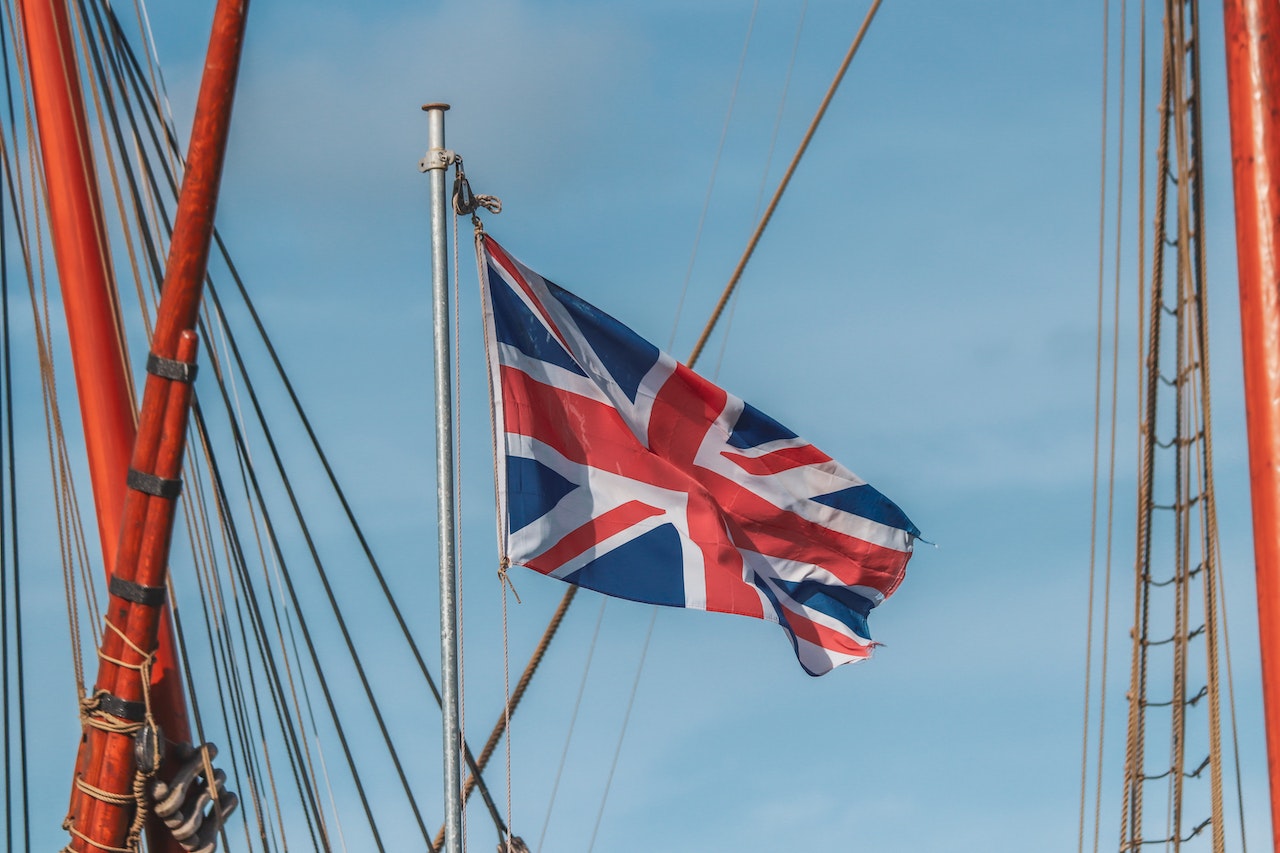The earliest cannons date back to ancient civilizations, when they were used for warfare and defense. However, it was during the Middle Ages that cannons truly came into their own, with advances in gunpowder and metalworking techniques paving the way for the construction of more sophisticated cannons that could wreak devastation on the battlefield. Using cannons in naval engagements, such as the Carronade, gave the British Navy a tactical advantage in battles.
From land battles to naval engagements, the British Empire’s military superiority was inextricably linked to the strategic deployment of artillery. The sheer destructive power of cannons gave the British Army a significant advantage on the battlefield, decimating enemy formations, breaking sieges, and instilling terror in the souls of opponents. Coastal defense systems, also known as coastal artillery, were positioned strategically along coastlines, forts, and harbors to repel potential invaders.
The expansion of the British Empire across the globe was made possible by the formidable force of artillery, which allowed the empire to conquer and control vast territories and leave a lasting legacy. Cast iron replaced wrought iron and bronze as the material of choice for cannons due to advancements in metalworking techniques.
The accuracy of cannons in battle varied depending on design, gunnery skills, and the surrounding environment. Despite cannons’ limitations, their advantages in combat outweighed their disadvantages. Modern warfare has largely supplanted cannons with more advanced ordnance systems, but historical cannons are still used for ceremonial purposes and as symbols of military heritage.
Cannonballs were deposited into a hollow barrel with an aperture known as the bore, and gunners adjusted the angle and elevation of the cannon to achieve the desired shot. They would create a powder charge consisting of gunpowder, sulfur, charcoal, and potassium nitrate, and position it in the breech of the cannon. The gunners would then insert the iron projectile into the bore, which typically had the same diameter as the cannon’s bore. The weight of the projectile varied based on the design and function of the cannon.
The ignition of the gunpowder caused a rapid expansion of gases within the cannon chamber, resulting in an increase in pressure. The cannonball was launched, causing a swift release of energy that propelled it forward with tremendous force. The velocity and trajectory of the projectile depended on variables such as the quantity of gunpowder used, the cannon’s angle, and the cannonball’s weight.
In the era of artillery, the destructive force of cannonballs played a significant role in warfare, battles, sieges, and the formation of history. The invention of cannonballs composed of iron, bronze, or lead played a crucial role in cannon-era warfare. Cannonballs made of wrought iron were durable and effective at inflicting damage upon impact. Due to its ability to produce consistent shapes and sizes, cast iron quickly replaced bronze as the preferred material for cannonballs. Lead cannonballs were occasionally employed in naval combat, but they lacked structural integrity and were more susceptible to deformation upon impact.
Material selection for cannonballs depended on factors such as intended use, resource availability, and technological progress. Exploding cannonballs, also known as explosive shells or shell projectiles, introduced a new level of destructive force that revolutionized artillery warfare. With the introduction of fuses and detonation mechanisms, the development of blasting cannonballs in the 19th century represented a major advancement in explosive projectile technology. These developments enabled more precise targeting of adversary positions, increased the efficacy of artillery bombardments, and highlighted the significance of fortifications and stronger defensive structures. Multiple inventors, engineers, and military strategists contributed to the development of more advanced explosive shells capable of inflicting devastating battlefield damage. Explosive projectiles became a crucial component of artillery arsenals and significantly influenced the trajectory of conflicts in the 19th and subsequent centuries.
Cannons profoundly influenced the history of the British Empire by revolutionizing warfare, enhancing the empire’s military prowess, and facilitating its global expansion. During the era of cannons, cannonballs played a crucial role in warfare, causing devastation upon impact and inflicting disaster on adversary fortifications and personnel. At a period when cannons were extensively used, the production of these iron projectiles was crucial to military operations. The manufacture of cannonballs varied by time and place, but the basic principles of refining the iron, casting the cannonballs and ensuring their quality remained constant throughout history.

